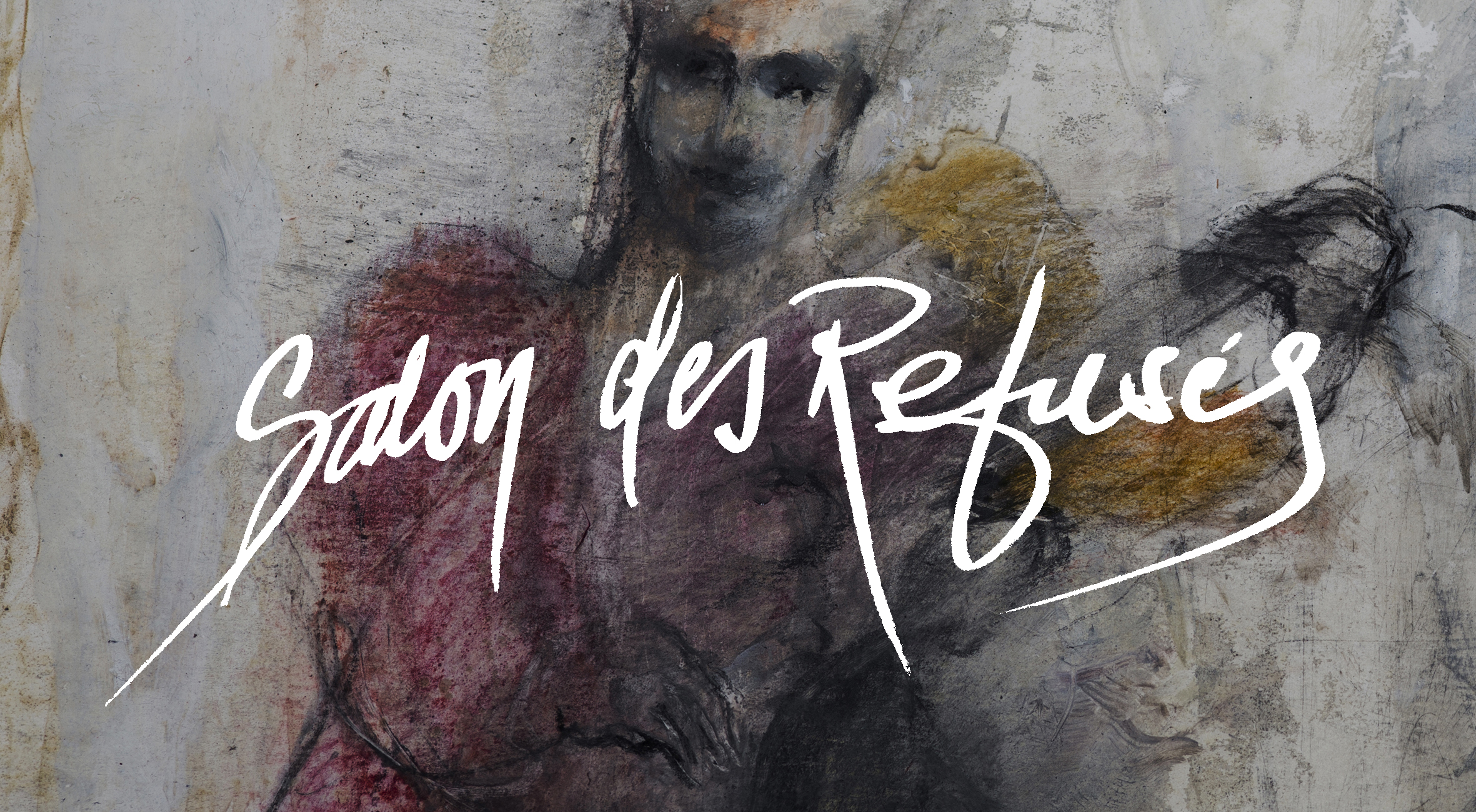”Dhrupad for me isn’t a style – it’s an attitude towards sound”
– Marianne Svasek when asked by me if new instruments such as the bass have a place in the dhrupad tradition.
One of the things I felt was missing in my playing was a wide variety of sound. Now I’m talking about sounds that you create with your own hands. There is no lack of different sounding basses, amps or effects but most players tend to do just about the same things with their hands when I believe it’s the biggest area to really find your own sound. To quote the late great Jaco Pastorius: “There are no tricks… it’s just all in the hands” ². So what did I do to explore this? Lots of time just spent with my instrument just to discover all the different sounds I could find, not really caring if the sound is good or not. This is something I really recommend every musician to do because it’s been very fruitful and a lot of fun! And the more you know about your instrument the more creative you have to be to in order to discover something new. After a while I discovered sounds that I liked and felt the need to develop. I didn’t know at the time what to do with some of them, like trying to play with fret noise (which is something you try to avoid at all cost when you are a beginner), but I knew I liked the sound and that was all I needed to know. Playing a major scale getting fret noise on every note turns out to be quite difficult. In fact I found that most of these “bad” sounds require time to develop technically and more importantly finding a musical use for them, and this has been an interesting process for me.
One note
My studies in Indian music has allowed me to meet vocalists who start their day (around 5 AM) practicing singing just one note for one hour. At first I thought it was sort of crazy but after speaking with them and understanding more about the traditions it started to make sense. It also got me thinking about what would happen if I adapted this practice with one note on the bass. Because it doesn’t make much sense practicing just one note on the bass for a long time. Or maybe it does?
So I started with the simplest thing you can do on a bass guitar: plucking the note A with my index finger. On most of my basses I have 20 frets, which gives me 8 different sounding A’s (two on each string). For now I will just use 3 different sounding right hand positions (meaning where on the string I pluck): neck, middle and bridge. Adding this together gives me (8×3=24)24 different A’s just using my index finger! If you start to think about how many techniques can be used to further vary the sound of this note then after a while you have almost a million different sounding A’s! Almost…
This is at least for me a very interesting thing to keep in mind when playing something that at first glance just seems to be “one note”.
Playing on one fret gives you more than just the clean note and here are two examples. The right hand plays in the same position so the change is all in the left hand.
Audio clip: Adobe Flash Player (version 9 or above) is required to play this audio clip. Download the latest version here. You also need to have JavaScript enabled in your browser.
Audio clip: Adobe Flash Player (version 9 or above) is required to play this audio clip. Download the latest version here. You also need to have JavaScript enabled in your browser.
Marianne Svasek is one of those vocalists who wake up long before me (in India I always felt like the laziest guy in the house getting up around 8 AM) and she is a person that has played a big part in my music the last couple of years. How she sings one note and looks at that note inspired me to rethink my thinking. It might be easy to look at the bass and see where every note is since the frets are there to show you, just like the keys on a piano.
But instead of looking at a note like a static thing I try to approach it the same way Marianne does when she is singing, imagining a note as a space. How you enter and how you leave this space is of equal, if not greater, importance as the space itself. This can be done on the bass using a variety of different ornaments such as bends, slides, hammer-ons, pull-offs.
